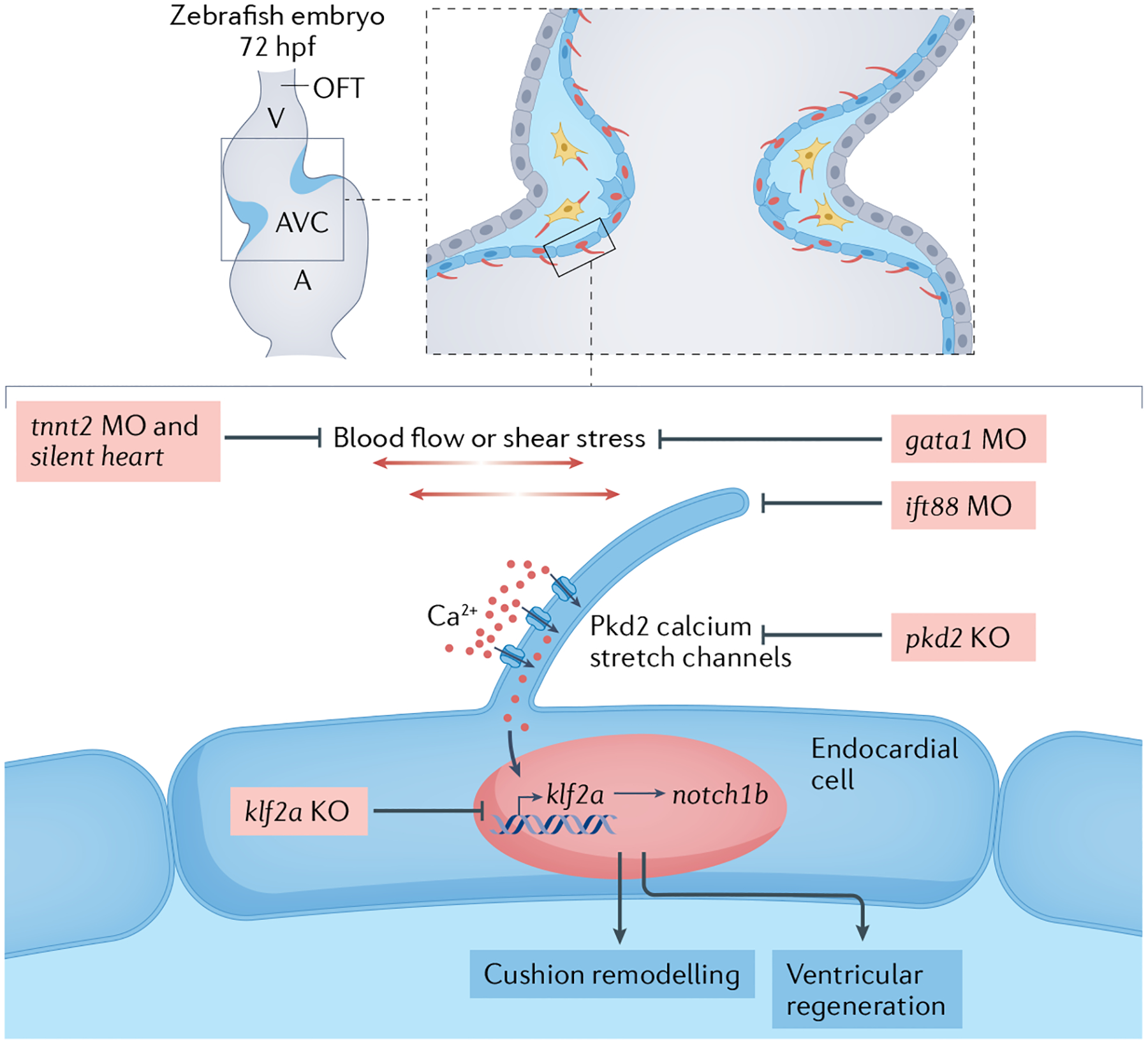Fig. 7 |. Primary cilia as endocardial mechanosensors.

Schematic depicting the hypothesis that primary cilia serve as endocardial mechanosensors through cilia-dependent calcium influx during low blood flow in a zebrafish embryo at 72 hours post-fertilization (hpf). Polycystin 2 (Pkd2) must be localized to primary cilia to initiate cytoplasmic calcium influx in the endothelium. Perturbations at every level of the mechanosensory pathway would result in the same loss of target genes downstream of this pathway: cessation of blood flow or contraction (induced by tnnt2a morpholinos (MO; nucleotide analogues that recognize and bind short nucleotide sequences to modify or block mRNA transcription) or the silent heart mutation), reduction in blood viscosity and resulting shear stress during blood flow (induced by gata1 MO or gata2 MO), blocking of cilia calcium influx (in pkd2 knockout (KO)), removal of cilia (with ift88 MO) or removal of the downstream mechanosensitive transcription factor Krüppel-like factor 2a (in klf2a KO). A, atrium; AVC, atrioventricular canal; OFT, outflow tract; V, ventricle.
